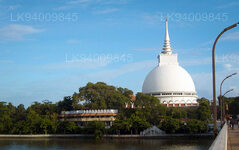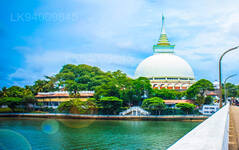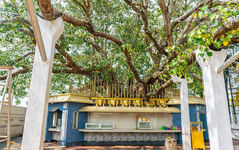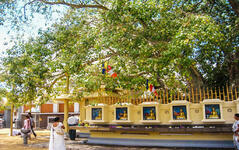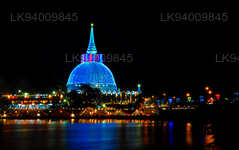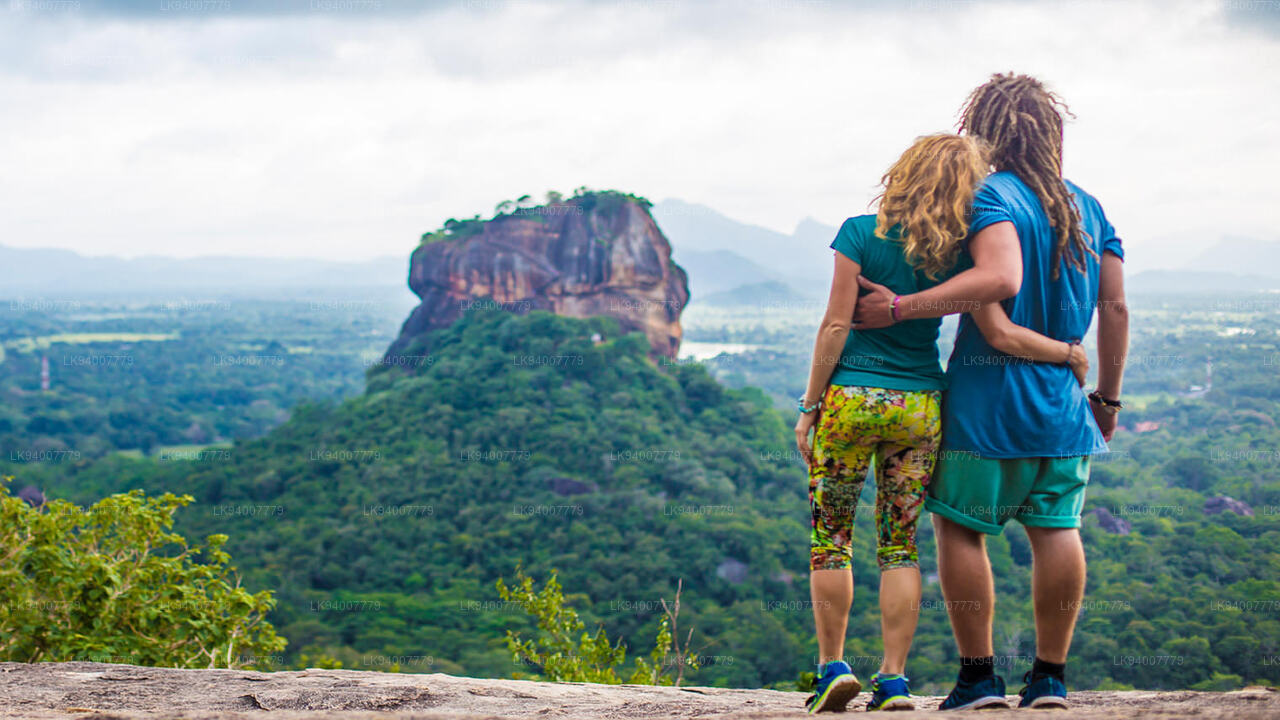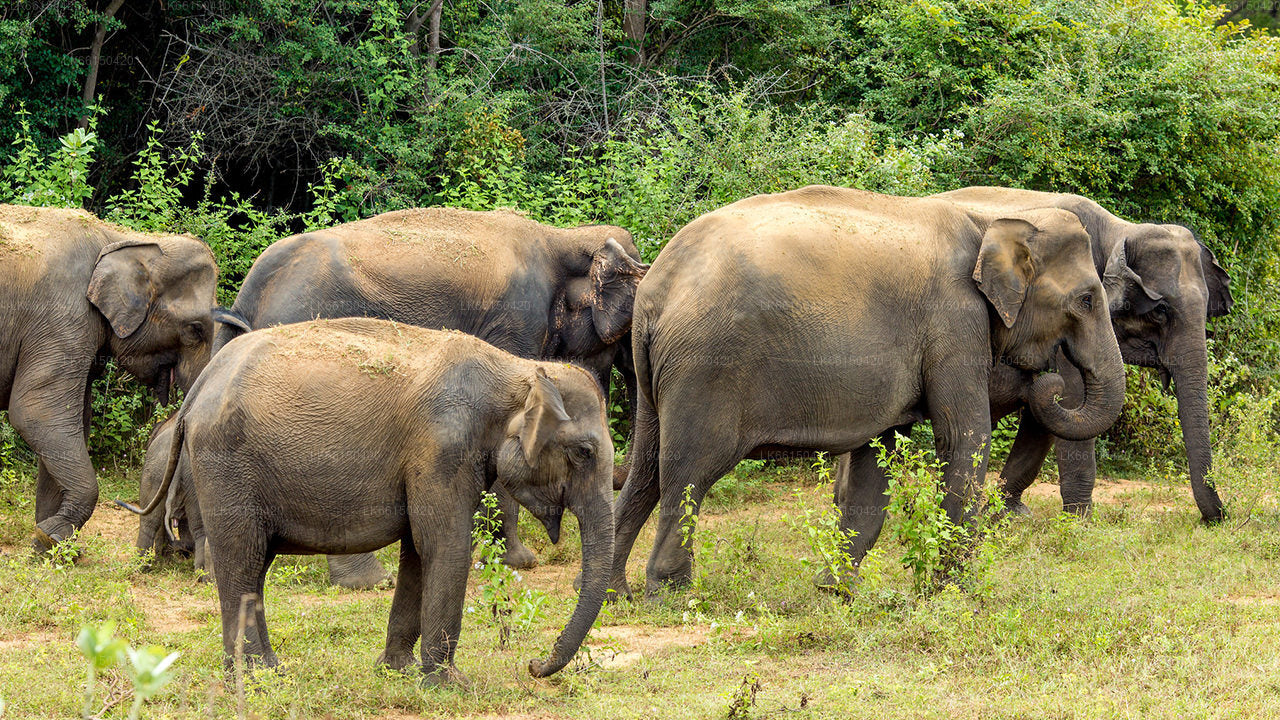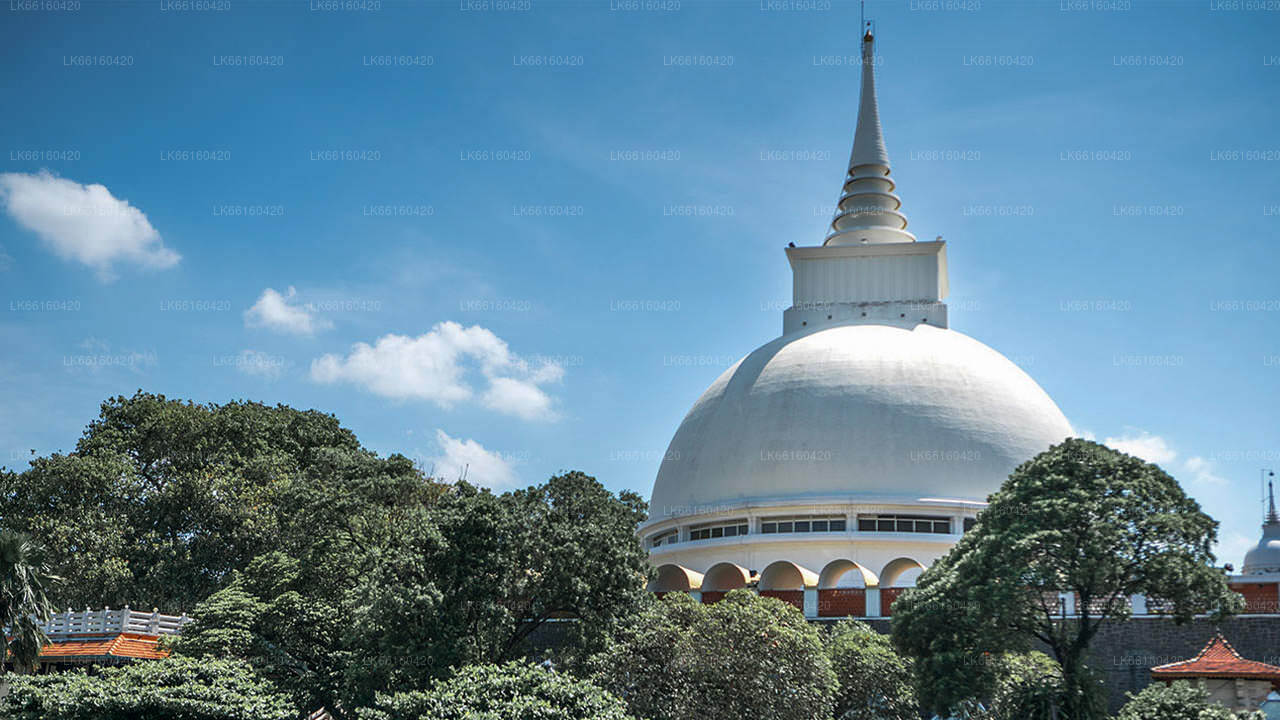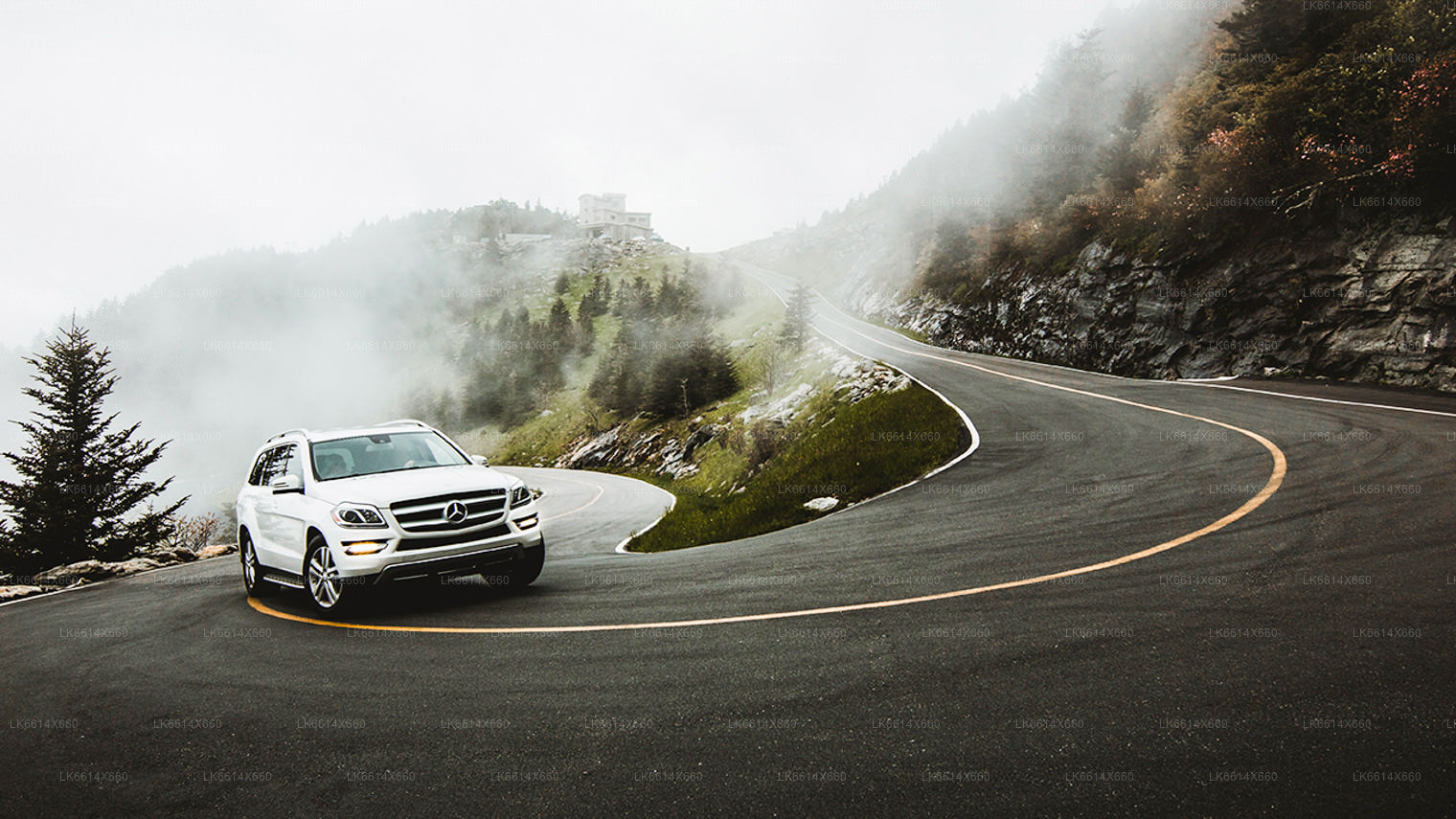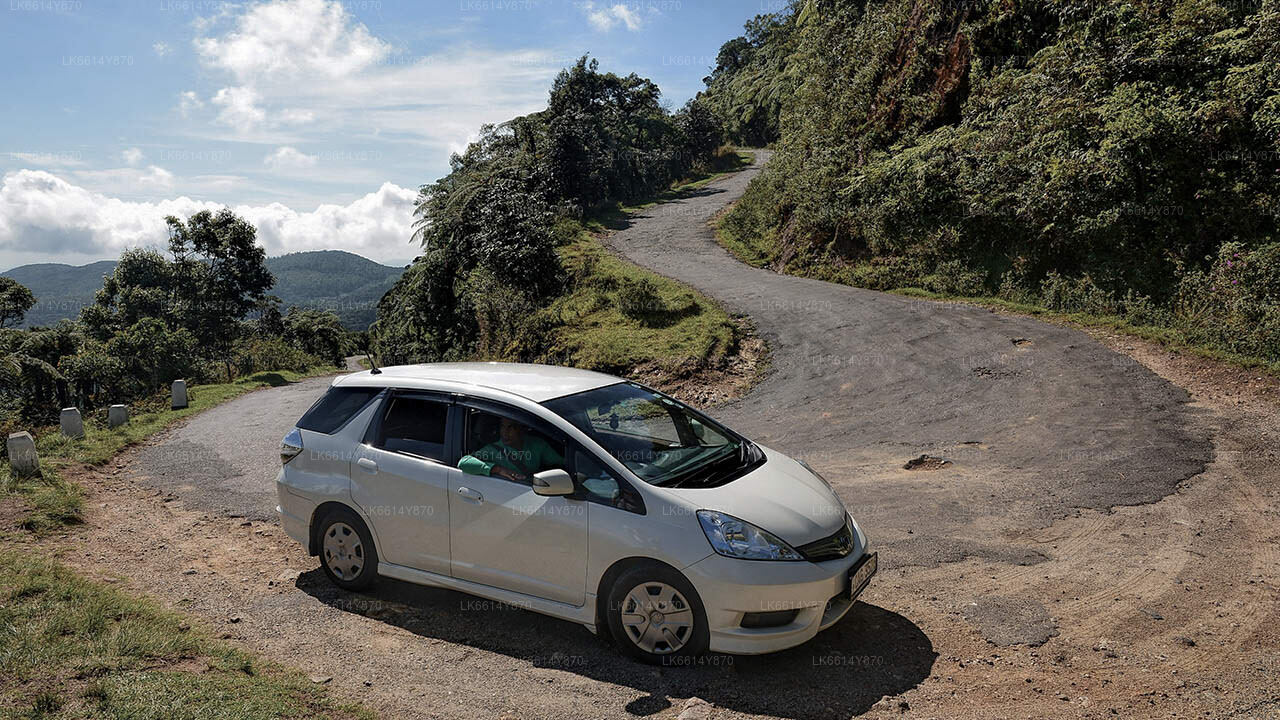
칼루타라 시
칼루타라는 스리랑카 서부의 해안 도시로, 고요한 해변과 유서 깊은 유적지로 유명합니다. 상징적인 불교 사원인 칼루타라 보디야와 식민지 시대 저택인 리치먼드 성은 주요 관광 명소입니다. 칼루타라는 풍부한 문화적 유산과 자연의 아름다움이 조화를 이루는 도시입니다.
Kalutara Bodhiya
The Kalutara Bodhiya is an ancient Bo tree which was identified as one of the 32 saplings of the original Jaya Sri Maha Bodhi planted during the reign of king Devanampiyatissa in Anuradhapura during the 2nd century BC. It remains as a very important historical site to this day.
History
According to history that the Bo tree at Kalutara sprouted from a sapling of the Jaya Sri Maha Bodhi (The Great Resplendent Fig Tree Symbolising Victory) in Anuradhapura; which itself is a sapling of the very Bo Tree (Ficus religiosa) in Bihar, Madhya Pradesh, India underneath which Buddha attained enlightenment.
The First Tree
The story of how this tree came to Kalutara is quite interesting. The Bo Tree at Buddha Gaya became a subject of veneration after Prince Siddhartha Gautama attained enlightenment while seated under its spreading branches. Centuries later the tree became a symbol of the Buddha’s presence and therefore became worshipped. A sapling of the original tree was brought to Sri Lanka by the bhikkhunī Sanghamitta, daughter of the King Asoka and twin sister of the Venerable monk Mahinda who brought Buddhism to Sri Lanka. The sapling was planted in the Mahamehavana Park of Anuradhapura in 288 AD. This became the Sri Maha Bodhi. As the original tree in Bihar was destroyed later on, it is a historical fact that the Sri Maha Bodhi is the world’s oldest tree with a documented history.
The Sapling
The history of the Sri Maha Bodhi tree is recorded in the Sinhalese literary Bo Tree classic, Bodhivamsa. According to this book the tree bore eight fruits. There were four saplings grew from the seeds of each fruit, making up a total of 32 saplings. Apparently the places that they were to be planted were specified by Mahinda himself and Kalutara was one of these places. However, the tree only survived until the 15th century AD.
The Buddhist public started to consider the location place sacred after a Pandyan prince named Wickrama Pandyan also planted a Bo tree on the current Lower Terrace of the Kalutara Bodhi premises in 1042 AD. The prince served as a viceroy in the Kalutara area during that period, and wished to get the support of the locals though he was a Hindu himself. During the 15th century invasion by the Portuguese, care for the tree decreased and the tree died. However, it regrew a few decades later. After the Portuguese took control of the coastal provinces of Sri Lanka in the 16th century, they noticed that the site was popular with the locals, and possibly decided that it could be used strategically to control the religious activities of the people there. The site of the Kalutara Bodhiya was converted into a fort during this time.
After the Portuguese, the Dutch and the English who made Sri Lanka their conquest also used the same premises for administrative and military purposes. It was during the 19th century that disaster almost befell the tree. When the British government started to construct railroads in Sri Lanka they decided to remove the large obstruction formed by the tree in order to build the Kalutara Railway bridge. But, after vehement protests made by the Buddhist public who were led by Sandanayake Upasaka – a Buddhist layman in Kalutara area, it was later decided that the bridge would be constructed without harming the Bodhi tree.
The Kalutara Bodhiya Trust
Kalutara Bodhiya was developed as a religious place in modern times when the Kalutara Buddhist Society formed in 1931.The society was created so as to take care of the welfare of the Buddhists and the development of Buddhism in the Kalutara area. After the country gained independence in 1948, Sir. Cyrill de Soysa , a prominent lawyer, senator and notary public, requested the newly appointed government led by Prime Minister D. S. Senanayake to take measures to remove other establishments the Kalutara Bodhiya site so as to use the place only for religious purposes.
In 1942 construction commenced on the lower terrace; the pinnacle of the Bo shrine was laid. The first foundation stone was laid for the construction of the great shrine on the Upper Terrace in 1964. By 1976, the construction work on the massive stupa was completed and opened to the public.
The Kalutara Bodhi Trust (KBT) was established by Sir Cyril de Zoysa with the help of six other lawyers on November 7, 1951. Their objective was the “Protection and Nurturing of Historic Kalutara Bodhiya”. Sir Ernest de Silva became the first chairman. Presently the trust serves as a non-profit organization which provides services throughout Sri Lanka. In addition to its main objective, it also works to alleviate poverty and give humanitarian assistance to the needy sectors of the local population, and to achieve sustainable development and welfare of the society. In addition to that, KBT is also involved in conducting Blood Donation Campaigns and events to save cattle from death on every other Poya day.
칼루타라 지구 소개
칼루타라는 콜롬보에서 남쪽으로 약 42km 떨어진 곳에 위치해 있습니다. 한때 향신료 교역소였던 칼루타라는 포르투갈, 네덜란드, 영국의 지배를 받았습니다. 이 마을은 고품질 대나무 바구니와 매트, 그리고 가장 맛있는 망고스틴으로 유명합니다.
38m 길이의 칼루타라 다리는 칼루 강가 강 어귀에 건설되었으며, 국가의 서부와 남부 국경을 연결하는 주요 다리 역할을 합니다. 다리 남쪽 끝에는 1960년대에 건립된 3층 높이의 칼루타라 비하라가 있습니다. 이 불교 사원은 세계에서 유일하게 속이 비어 있는 사리탑이라는 특징을 가지고 있습니다.
서부 지방에 대하여
서부 지방은 스리랑카에서 인구 밀도가 가장 높은 지방입니다.입법 수도인 스리자야와르데나푸라와 국가의 행정 및 비즈니스 중심지인 콜롬보가 있는 곳입니다.서부 지방은 콜롬보(642km²), 감파하(1,386.6km²), 칼루타라(1,606km²) 지구라는 3개의 주요 지구로 나뉩니다.스리랑카의 경제 중심지로서 모든 주요 국내 및 국제 기업이 이 도시에 있으며 모든 주요 디자이너 및 주요 상점가도 여기에 있습니다.서부 지방에서 쇼핑을 즐길 준비를 하십시오.
모든 지방에서 인구가 가장 많은 이 섬의 주요 교육 기관은 거의 모두 서부 지방에 위치해 있습니다. 이 지방의 대학으로는 콜롬보 대학교, 스리자야와르데네푸라 대학교, 켈라니야 대학교, 스리랑카 오픈 대학교, 스리랑카 불교 및 팔리어 대학교, 존 코텔라왈라 국방 대학교, 모라투와 대학교가 있습니다. 서부 지방에는 국립, 지방, 사립 및 국제 학교를 포함하여 전국에서 가장 많은 학교가 있습니다.

